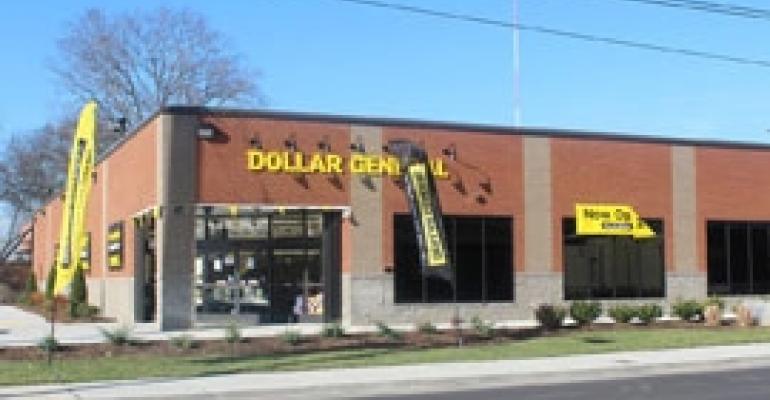The amount of retail assets for sale in the net lease market continues to rise, as owners of lower-grade properties attempt to capitalize on strong investor demand. In addition to new construction Walgreens and McDonald’s, brokers are starting to see Rite Aids and Best Buys on offer, as well as second-generation space. That doesn’t mean, however, all of those lesser-quality properties will trade.

A report from The Boulder Group, a Northbrook, Ill.-based real estate investment firm that specializes in the single-tenant net lease market, shows that the number of retail assets offered for sale in the first quarter of the year rose 19.6 percent compared to the fourth quarter of 2011, to 2,976. A large portion of those assets represents second-generation space, the report states.
The trend represents sellers’ belief that investors faced with a shortage of class-A product will eventually shift to lower-quality assets. While it’s not impossible to find a Walgreens in today’s market, those properties get multiple bids and end up selling at prices that are too high for some investors, according to Randy Blankstein, president of The Boulder Group. So if they find an asset with a lower credit rating in one of the top 15 MSAs, they may decide to go after it.
Even in secondary markets with distressed fundamentals, investors might now be willing to do deals, provided the price is right, says Nicholas Coo, senior managing director with Faris Lee Investments, an Irvine, Calif.-based retail advisory and brokerage firm. For example, Faris Lee recently picked up an assignment on a single-tenant property with a no-credit tenant in Central Valley, Calif. Within five months, the cap rate on the property compressed 125 basis points, Coo says.
“That tells me buyers are willing to overlook [distress] because they are chasing yield,” he notes.
Lower-quality assets in tertiary markets, however, may not garner much demand. To make acquisitions of class-B properties make sense investors may be looking for cap rates between 8 percent and 10 percent, says Gill M. Warner, senior director of investment sales in the Tulsa, Okla. office of Stan Johnson Co., a national commercial real estate investment firm specializing in the net lease market. Class-B and -C assets in tertiary markets might not be picked up at all, notes Blankstein.
“There is demand for those assets in major metros, but not a lot of demand for them outside,” Blankstein says.
The influx of lower-quality product has pushed up average cap rates in the first quarter up three basis points, to 7.75 percent. While last year saw rapid cap rate compression on net lease product, the industry will not see the same trend in 2012, according to Warner. Cap rates on the most desirable properties, however, will continue to fall.
What’s trading?
Drugstores, corporate-run restaurants and bank branches have long represented some of the most desirable net lease properties out there, with cap rates on McDonald’s restaurants in particular averaging 5 percent in the first quarter, according to The Boulder Group report. But investors are finding it more and more difficult to find those assets in their preferred markets.
Plus, many restaurant chains, including Burger King and McDonald’s, are planning to franchise most of their restaurants going forward, according to a Net-Leased Outlook report from Marcus & Millichap Real Estate Investment Services, an Encino, Calif.-based firm. In the short term, that will likely make quick-service restaurants less appealing to net lease investors.
The real story this year has been the emergence of Dollar General as one of the hottest net lease assets out there. In April, Standard & Poor’s raised the chain’s corporate credit rating to BBB- from BB+, making it an investment grade tenant. The company has also recently changed its leasing model from 10-year double net-leased to 15-year triple net-leased. Plus, Dollar General properties tend to price in the $1 million range that many net lease investors prefer, says Warner. Trades in the $1 million to $3 million range represented 41 percent of all net lease deals closed in the first quarter, The Boulder Group reports.
So far this year, Dollar General opened 128 new stores, with plans to open a total of 625 new stores by the end of 2012. As a result, Blankstein estimates that since January between 200 and 300 Dollar General acquisitions have already taken place. As recently as the first quarter, cap rates on Dollar General transactions averaged 8.25 percent. Today, those cap rates are closer to 7.75 percent or 7.8 percent, Blankstein says.
The stores “really hit a lot of things people are looking for at the moment,” he notes. “I expect [that momentum] to stay positive, if not accelerate through the remainder of the year.”

